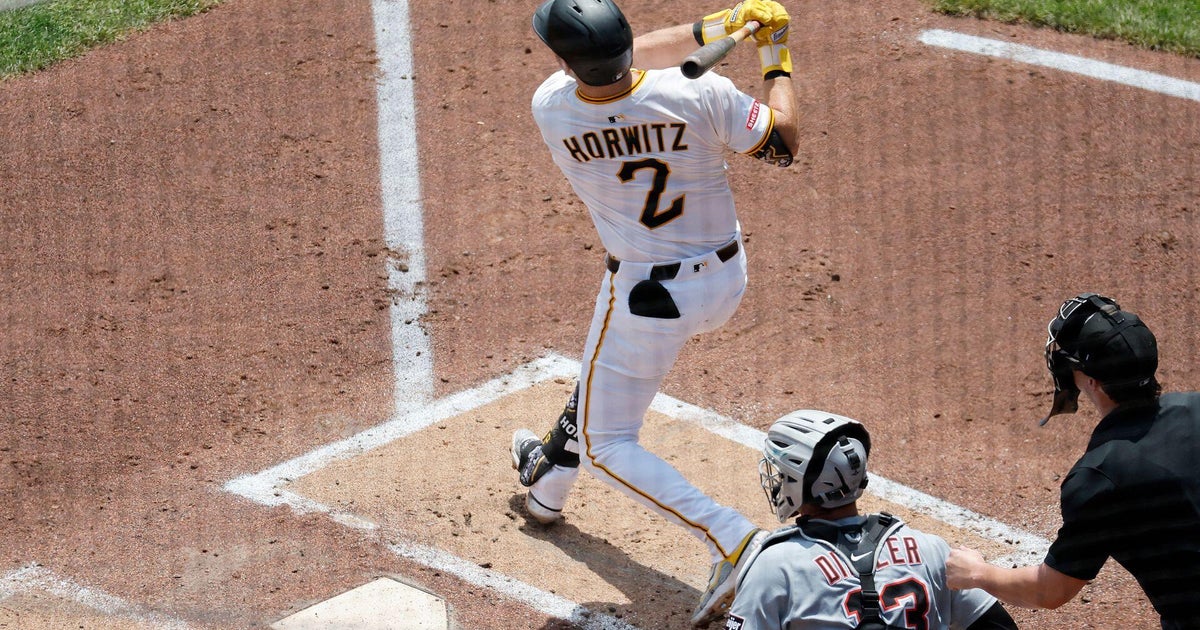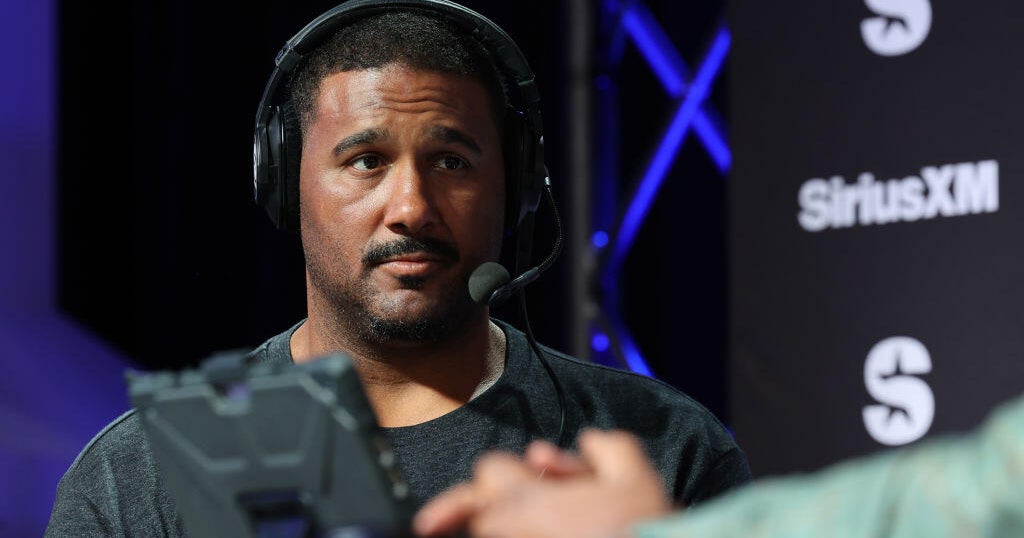Shea-ved Ice: Exploring Pens' Return To Form
Three straight complete games from the Penguins have resulted in three straight wins and a stranglehold on the series against New York.
Now, the Penguins will have a chance to close out the series and quickly advance to the Eastern Conference Finals for the second consecutive season.
Aside from a sluggish first period in Game 1, the Penguins have basically dominated the Rangers all over the ice.
Even the third period of Game 3 – where the Penguins had one shot on net – had a different feel. With a 2-0 lead, the Penguins always seemed in control. Could they have done more offensively to take some heat off of Marc-Andre Fleury? Sure, but keep a couple of things in mind.
Game 3 was the second game of a back-to-back situation. The Rangers were chasing the game down two goals and were playing their fifth game in seven days. Part of me really wants to believe that the Penguins' game plan for the third period was entirely by design.
Essentially, the mantra became: make a tired hockey team skate 200 feet every time they touch the puck.
In Game 4, the Penguins carried a 2-1 lead to the third period. In this case, they kept their foot on the gas. Could it be possible that the Penguins have been intentionally making the Rangers use up more energy to capitalize on the scheduling? They'll likely never admit it if that's the case, but it's been on my mind a lot as this series has unfolded.
Anyway, Fleury didn't record a third consecutive shutout in Game 4, but he still had a solid game while only facing 15 shots.
There's no question he'd love to have the second goal back on a weak backhand from a bad angle by Mats Zuccarello. Watch his reaction immediately after the puck got by him. He knows it, but the team picked him up.
In fact, some of the Penguins' best shifts in the hockey game came immediately after allowing a goal.
On both occasions, the line of Craig Adams, Joe Vitale and Brian Gibbons took the first shift after the goal. On both occasions, they pinned the Rangers deep in their own zone and put them on their heels. On both occasions, Evgeni Malkin, Sidney Crosby and Chris Kunitz were the second line over the boards and they continued the push.
Their efforts were rewarded when Kunitz took the air out of the Rangers' sails and put Pittsburgh up 4-2.
So, what has contributed to the Penguins' sudden commitment to playing a 60-minute game? To me there are a couple of reasons.
First, look at Crosby's play starting in Game 2. He has looked like a man possessed nearly every shift. It's pretty well known that his start to the playoffs lacked the intensity we've seen over the last three games.
Quite simply, he's leading by example. From the first shift of Game 2, Crosby was flying around the offensive zone, engaging defenders and going to the dirty areas.
Despite taking some questionable and even dirty hits up high, he's not retaliating. He's not letting it get to him. He's just simply looking to get even on the scoreboard.
In addition to Crosby's resurgence, the Penguins are making the schedule a factor in this series. I hate to look at that aspect and think it could be playing this big of a role, but it's hard to deny.
Take nothing away from what the Penguins are doing to the Rangers. They're "playing their game," and the Rangers haven't had an answer.
However, the Rangers just look tired. They are only showing little bursts of offense, but are having a hard time sustaining anything.
Early in the third period last night, NBCSN did a slow pan of the Rangers' bench. They were only down one goal, but you'd think they were getting blown out. Most of their heads were down, while others sat there sucking wind.
There's no other way to put it other than the Rangers just look defeated.
Another underrated factor could be that the team is mostly healthy. Brooks Orpik is battling an injury and Pascal Dupuis had season-ending knee surgery.
For the most part, this is the first decent stretch of games where Dan Bylsma has had to make actual decisions about the lineup. For much of the year, Bylsma's only decision was which player to call up from Wilkes-Barre/Scranton.
Now, he's got at least six capable centers in the lineup, which is allowing him to mix and match lines to gain an advantage.
The best example of this is Marcel Goc's return. With him back in the lineup, Bylsma can load up the top line with Malkin and Crosby. As a result, Sutter heads to the second line, while Goc moves up to the third.
It may not just be limited to matchup advantages either. It could be a case of the team coming together from a chemistry standpoint. Without the constant shuffling of the roster, the players are getting more and more comfortable with one another.
Take Kris Letang for example. He was horrendous to start the playoffs, but he's gotten better with every game. He's even said himself that his timing is getting better since returning from a stroke. The play he made to spring Brian Gibbons for a shorthanded breakaway in Game 4 is proof enough.
That goal took the air out of Madison Square Garden. It was clearly the turning point of the hockey game.
Regardless of how well the Penguins have played over the last three games, the job is not done yet. There is still one game left to win.
The killer instinct the Penguins have shown over the last three games will need to be there Friday night. If it is, the Penguins will stand a good chance to advance to the Eastern Conference Finals.
You can follow me on Twitter at http://twitter.com/sheavedice
RELATED LINKS
More Shea-ved Ice Blog
More Sports News
More Penguins News
Pittsburgh Penguins
NHL



